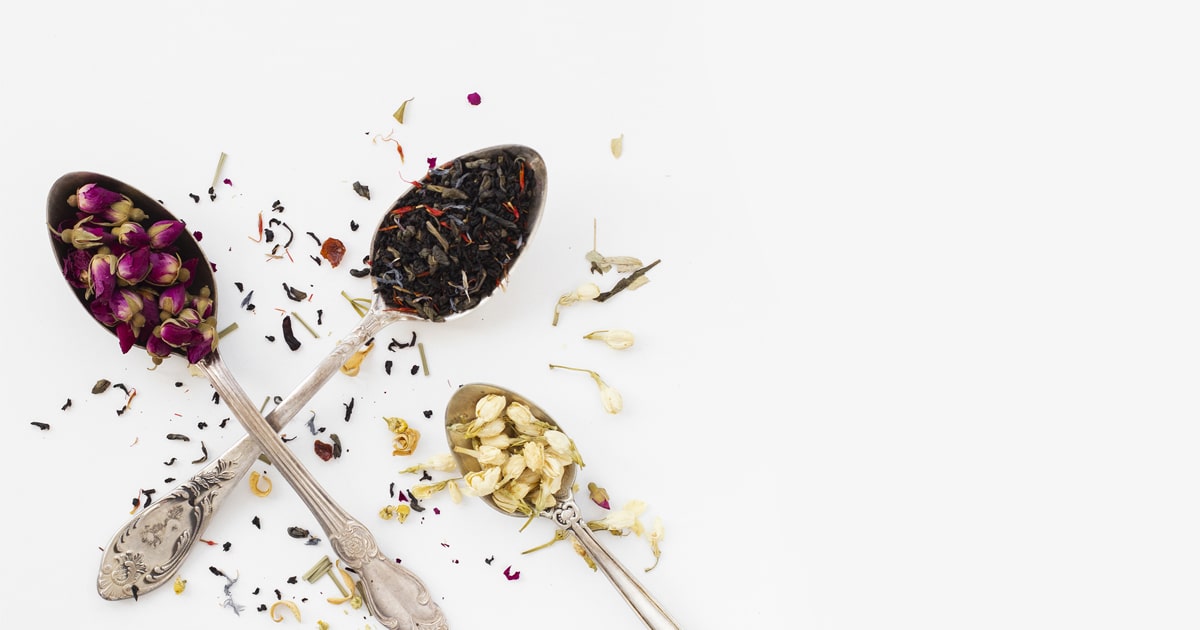All so-called “real” tea comes from the same plant: Camellia Sinensis. Any leaf, root, fruit or flower that comes from a different plant is considered an herbal tea.
For example, chamomile flowers and mint leaves are considered herbal teas. It is important to distinguish between real tea and herbal tea (herbal teas) because flavor, health benefits and nutritional characteristics vary from plant to plant.
4 MAJOR CATEGORIES
There are thousands of types of teas, each with their own individual appearance, flavor and aroma. They can be classified into 4 main categories: white, green, wulong and black. Generally, these categories refer to the type of oxidation that tea leaves undergo.
OXYATION DETERMINES CATEGORY AND FLAVOR
Oxidation (or fermentation) is a natural process that changes the color and flavor of the leaf. To initiate oxidation, fresh tea leaves are rolled up (by hand or machine) to split the leaf surface so that oxygen reacts with the plant’s enzymes.
Black tea is fully oxidized, oolong tea is partially, and green and white teas are unoxidized. In general, the less oxidized a tea, the lighter the taste and aroma. Long oxidized teas will produce a dark, rich, reddish-brown brew while less oxidized teas will produce a light, yellow-green liquor.
By selectively exposing the leaves to oxygen, tea producers can bring out certain aromas and flavors. In other words, the oxidation process will determine many flavor characteristics of tea and whether the tea will be classified as white, green, oolong, or black.

